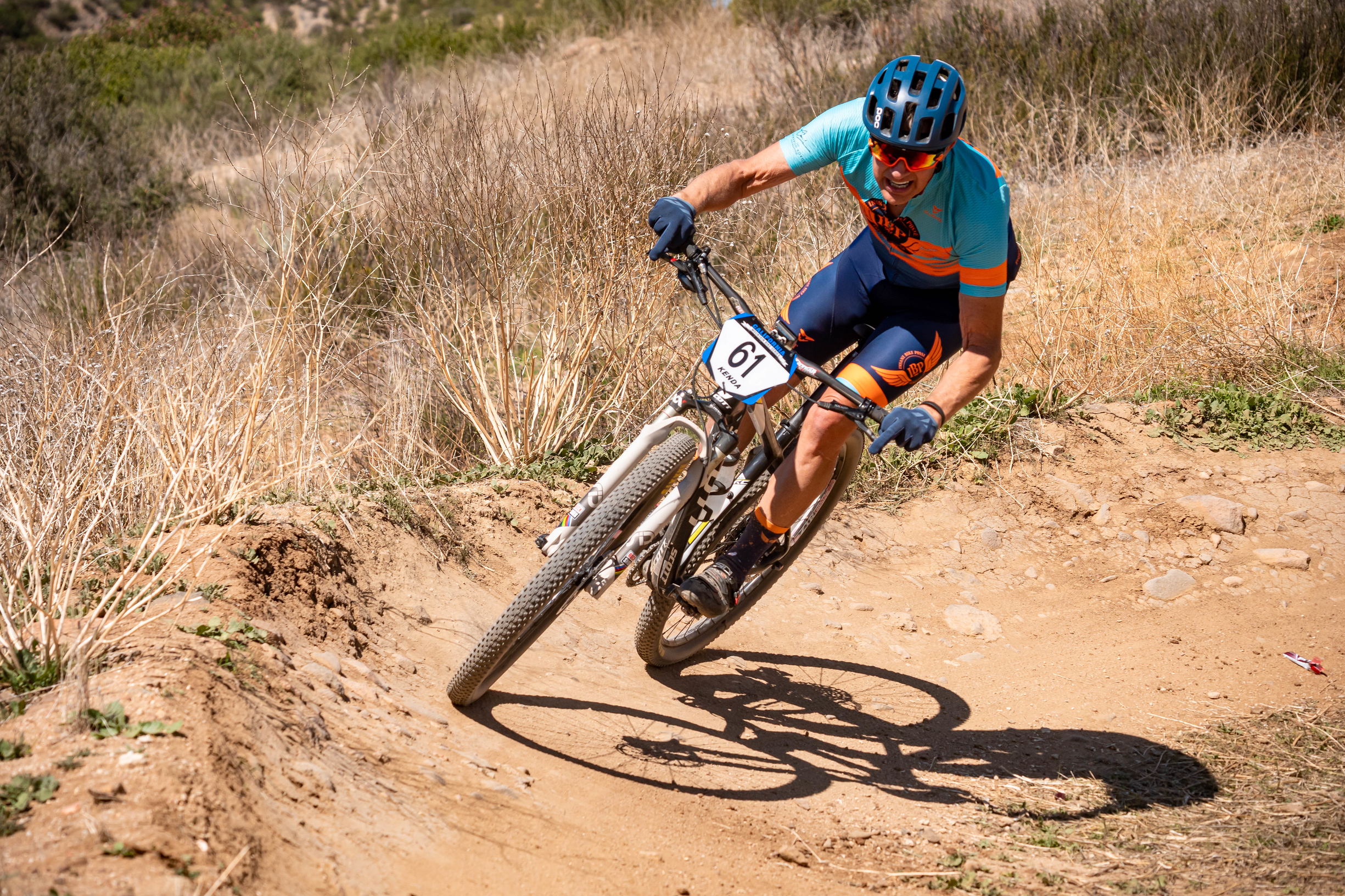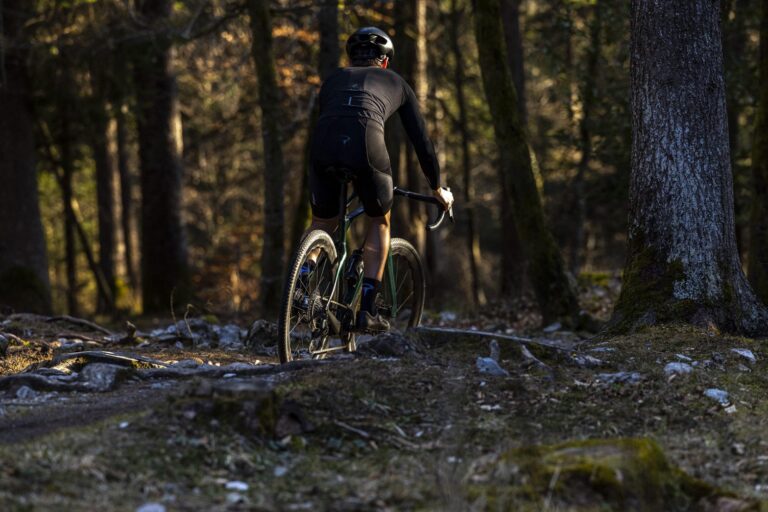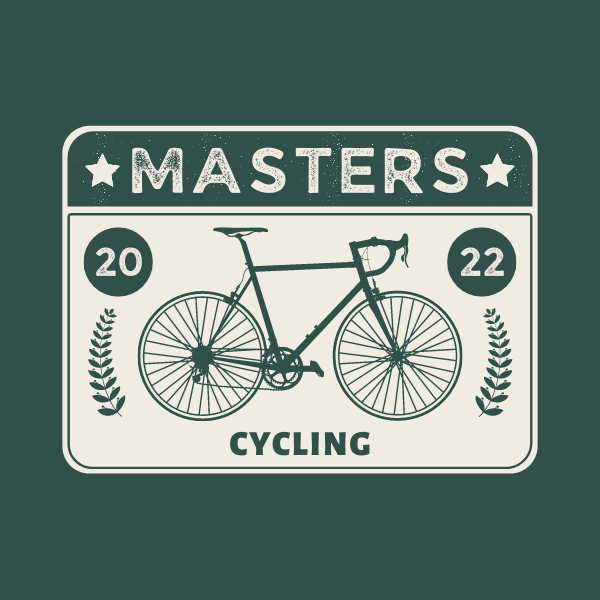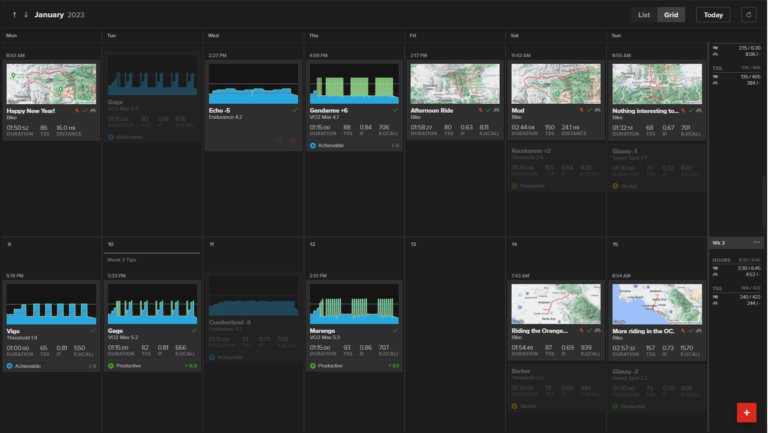Cycling for Beginners Over 60

As someone who started cycling in my 30’s and still races today in my 60’s, I can attest to the many positive impacts it has had on my life. In this post, I want to share my first-hand experience with cycling for beginners over 60 and offer tips on how to get started and keep going for years to come.
Section 1: Benefits of cycling for beginners over 60
As we age, staying active becomes increasingly essential for our overall health and well-being. Cycling is an excellent low-impact exercise that can help improve cardiovascular health, manage weight, and reduce the risk of chronic diseases like diabetes and heart disease.
In addition to physical benefits, cycling can also have a positive impact on mental health. Studies have shown that cycling can help reduce stress and anxiety, improve mood, and promote better sleep. I have found that cycling is a great way to clear my mind and improve my overall sense of well-being.
Another benefit of cycling for beginners over 60 is that it is a low-impact exercise, making it a suitable option for those with joint pain or other physical limitations.
You might like to read my post on How Cycling Makes your Life Better.
Section 2: Essential gear and equipment
Before you start cycling, it’s important to invest in the right gear and equipment. The most important piece of gear is, of course, a comfortable and well-fitting bike. When choosing a bike, consider the type of riding you will be doing. If you plan to ride mostly on roads or bike paths, a road bike or hybrid bike might be a good option. If you plan to do more off-road riding, a mountain bike or gravel bike might be a better choice.
You may find my post about How to Buy your First Bike helpful.
Another important piece of gear is a helmet. A good helmet can help protect your head in case of a fall or accident. Look for a helmet that is certified by a reputable safety organization and that fits well.
Padded shorts and cycling shoes are also crucial for comfortable riding. Padded shorts can help reduce chafing and discomfort, while cycling shoes can help improve your pedal stroke and reduce the risk of foot pain.
Finally, it’s important to keep your bike in good working condition. Regular maintenance, such as checking tire pressure and lubricating the chain, can help extend the life of your bike and ensure that it runs smoothly.
Click here to read my post on the gear you need to bring on every bike ride.
Section 3: Planning a cycling routine
When starting to cycle, it’s essential to set realistic goals and gradually increase distance and intensity. Start with short rides and gradually increase the length and intensity of your rides as you build endurance.
Warm-up and cool-down exercises are also important to prevent injury. Before starting your ride, spend a few minutes stretching and doing light exercises to get your muscles warmed up. After your ride, take some time to cool down and stretch to prevent soreness.
Finding cycling routes and incorporating cycling into daily life can also be helpful for establishing a routine. Look for bike paths or quiet roads in your area where you can safely ride. Consider incorporating cycling into your daily commute or running errands on your bike instead of driving.
A fantastic resource for tracking all your rides and managing all things cycling is Strava.
You may also be interested in my post about How to Create an Annual Training Plan.
Section 4: Staying safe while cycling
Safety is a top priority when cycling, especially when riding on roads or in traffic. Always wear a helmet and high-visibility clothing to make yourself more visible to drivers.
When cycling on roads, it’s important to be aware of traffic and use hand signals to indicate turns or lane changes. Defensive cycling techniques, such as anticipating the movements of other vehicles and avoiding blind spots, can also help reduce the risk of accidents.
Checking weather conditions before cycling and being prepared for emergencies is also important. Always carry a basic repair kit, including spare tubes and a pump, in case of a flat tire. It’s also a good idea to carry a cell phone and identification in case of an emergency.
Section 5: Overcoming common challenges
Starting a new exercise routine can be challenging, and cycling is no exception. Common challenges include finding the time to ride, dealing with physical discomfort or fatigue, and overcoming mental barriers like fear or self-doubt.
To overcome these challenges, it’s important to stay motivated and stay positive. Setting achievable goals and celebrating small victories can help you stay motivated and build confidence. Surrounding yourself with supportive friends or family members who share your interest in cycling can also be helpful.
Finally, don’t be afraid to seek out resources or support to help you get started with cycling. Local bike shops or cycling clubs can be a great source of information and community support. Online resources, like The Masters Cycling Channel can also be a helpful source of information and advice.
My post about Overcoming your Cycling Limiters may be of help as well.
Section 6: Bicycle training program for cyclists over 60
I recommend a specialized training program for cyclists over 60 who want to improve their performance and stay healthy. Cycling is an excellent form of exercise for older adults because it is low-impact, easy on the joints, and can be tailored to suit individual fitness levels.
The training program should include a mix of endurance, strength, and flexibility exercises to help older cyclists maintain their fitness and prevent injury. Endurance training is crucial for building cardiovascular fitness, which is essential for cycling performance. This can be achieved through regular rides of increasing duration and intensity.
Strength training is also important for older cyclists, as it helps to maintain muscle mass and bone density. Strength exercises should focus on the major muscle groups used in cycling, such as the legs and core. Resistance training with weights or resistance bands can be incorporated into the program.
Flexibility training is essential for maintaining range of motion and preventing injuries. Stretching exercises should be performed before and after each cycling session, focusing on the muscles used in cycling, such as the quadriceps, hamstrings, and hip flexors.
It is also important for older cyclists to pay attention to their nutrition and hydration. A diet rich in fruits, vegetables, whole grains, and lean protein can help to support cycling performance and overall health. Hydration is also critical, especially in hot weather, as dehydration can lead to fatigue and impaired performance.
Overall, a well-designed training program that includes endurance, strength, flexibility, and proper nutrition and hydration can help older cyclists stay healthy, improve their performance, and continue to enjoy the sport of cycling.
Read my Comprehensive Guide to Cycling Training Programs for more information.
Cycling hills for older cyclists
Climbing hills can be a challenging and rewarding experience for older cyclists. Climbing offers a great way to build strength, endurance, and cardiovascular fitness. However, it is essential to approach climbing with the right mindset and preparation.
The first step in climbing hills for older cyclists is to assess your fitness level and set realistic goals. This means understanding your physical limitations and building up your endurance and strength gradually. It is important to start with shorter, less steep hills and gradually work your way up to longer and more challenging climbs.
Proper bike fit is also critical for hill riding. The bike should be adjusted to fit your body properly, with the saddle at the correct height and the handlebars positioned to provide a comfortable and efficient riding position. This will help you to conserve energy and maintain proper technique on steep climbs.
When riding hills, it is important to maintain a steady and consistent pace. This means pacing yourself and avoiding sudden bursts of speed or pushing too hard too soon. Use your gears to find a comfortable cadence that allows you to maintain a steady pace without straining.
It is also important to stay hydrated and fueled during hill riding. This means drinking plenty of water and eating nutritious snacks to keep your energy levels up.
Finally, it is important to remember that climbing is as much a mental challenge as a physical one. Stay focused, positive, and confident, and don’t be discouraged by setbacks or failures. With the right mindset, preparation, and technique, older cyclists can tackle hills and enjoy the many benefits of this challenging and rewarding form of cycling.
Conclusion
Cycling is a great form of exercise for beginners over 60, offering numerous physical and mental health benefits. With the right gear and equipment, a well-planned cycling routine, and a positive mindset, it’s possible to overcome challenges and enjoy the many rewards of cycling. Whether you’re looking to stay active, improve your health, or simply enjoy the outdoors, cycling is a great way to get started. So grab your helmet, hop on your bike, and enjoy the ride!
Some of my goto cycling resources are below
TrainerRoad: My preferred training program
Strava: I track all my rides on Strava.
Zwift: A fantastic indoor trainer program
ParkTool: Everything about maintaining and fixing your bike
John





